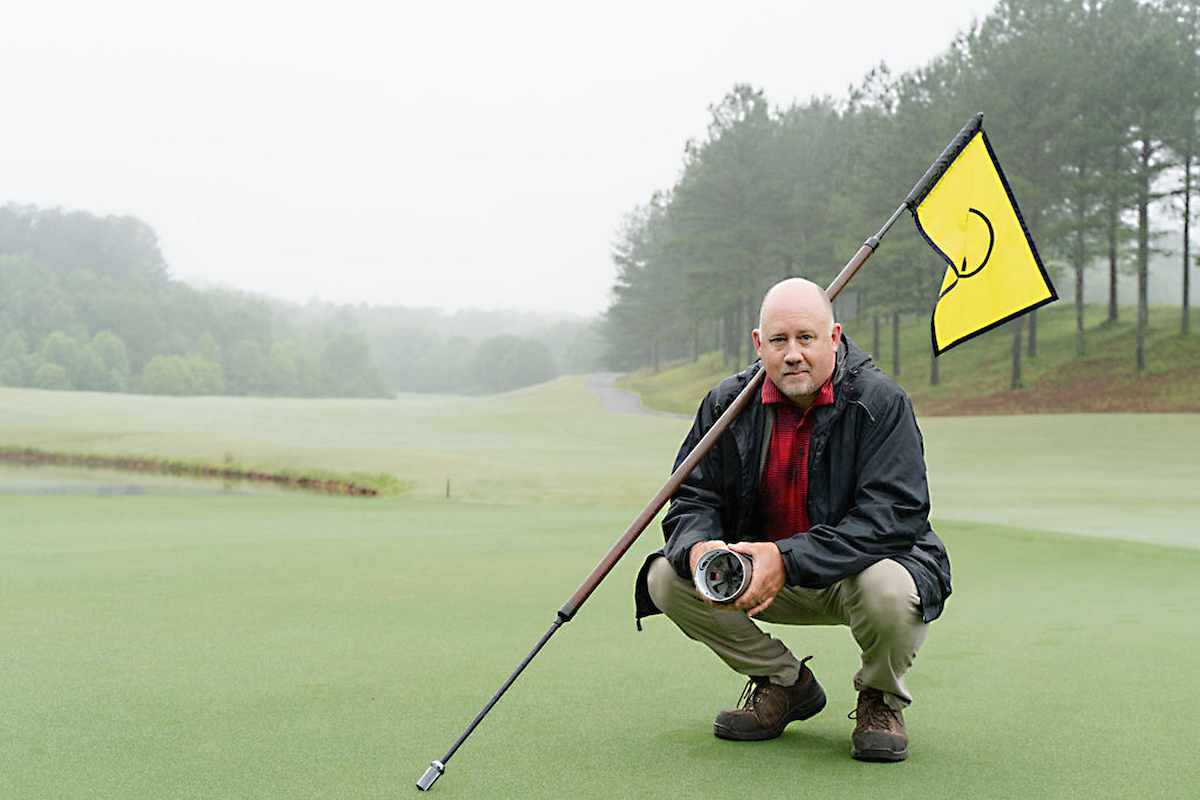|
|
|
Georgia 4-H campers learn about sailing the best |
Bernoulli must have been a smart fellow.
You’ve forgotten who Bernoulli was? Well, just think back a few
years to your science classes (OK, it may have been a lot of
years). Daniel Bernoulli was the guy who came up with the theory
that, basically, the faster a fluid moves past an object, the
less sideways pressure is exerted on the object by the fluid.
And why am I telling you this? It’s just one of the things
4-H’ers will learn at 4-H camp this summer. They will not only
learn about it, but will experience it.
Let me explain.
Five 4-H Camps
The University of Georgia Extension Service operates five 4-H
camps around the state. Each year more than 9,000 kids attend one
of these 4-H camps. The camp at Rock Eagle is the largest (it’s
also the largest 4-H camp in the world). Sixty college students
(all of whom have had years of 4-H experience) provide the
leadership for the camp at Rock Eagle.
Very soon, 4-H’ers will be attending camp from every county in
Georgia. It will not only be great fun for the 4-H’ers, but they
will have fun learning all kinds of things.
Sailing at Rock Eagle
Sailing is one of the classes taught at Rock Eagle. A whole fleet
of sailboats is on the 110-acre lake there. After receiving some
training, the 4-H’ers get to sail their own boat.
A few years ago I was asked to develop a new sailing curriculum
for the counselors at Rock Eagle. The counselors who teach
sailing change each year, so each year I have the enjoyable job
of teaching the sailing instructors how to sail.
Yesterday, my 15-year-old daughter Lindsay and my nephew Bo, a
senior at Virginia Tech, went with me to Rock Eagle to teach the
sailing instructors. Lindsay has been sailing many times. In
fact, she can even boast of surviving a sinking sailboat on West
Point Lake. Bo, on the other hand, had never been on a sailboat,
even though his dad spent 20 years in the Navy and he’s spent his
entire life near the ocean. Bo’s a surfer, but not a sailor.
Wait — How Does This Work?
We spent about 15 minutes rigging the boats, and after donning
life jackets, raised the sail, turned the bow into the wind and
climbed aboard. We immediately began to sail into the wind.
It didn’t take but just a minute, but the first of Bo’s many
questions was, “How does this sailboat sail against the wind?”
4-H’ers in the sailing class will know the answer, and they will
also know about Archimedes and his theory used in explaining how
boats float.
But to answer Bo’s question — well, it has to do with the design
of the sail and the boat. And the design makes use of Bernoulli’s
theory.
Do you remember now?
How It Works
His theory is used to explain how an airplane wing and a sailboat
sail produce “lift.” The lift is a force created by the
“airfoil,” the cross-sectional shape of the wing or the sail. If
you’re around planes or sails, you know the shape of an airfoil.
The fluid in this case is air.
I can almost hear you saying, “But a sail is a flat piece of
fabric. It doesn’t look anything like an airplane wing.”
Well, that’s true. It is flat. But when the wind fills the sail
with air, it takes the shape of an airfoil and then produces lift
similar to an airplane wing. The appendages below the water — the
rudder and the centerboard or keel — help turn this lift into
forward motion.
Bernoulli must have been a smart fellow!




